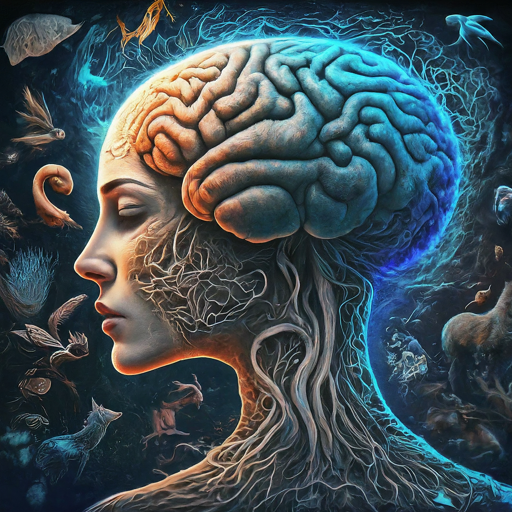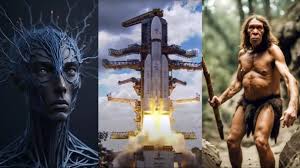In today's rapidly evolving technological landscape, Artificial Intelligence (AI) and automation stand at the forefront of innovation. From transforming business operations to enhancing daily life, these technologies are driving significant changes across various sectors. Understanding their impact and potential is crucial for staying ahead in the digital age.
Artificial Intelligence: Revolutionizing Industries
Artificial Intelligence is more than just a buzzword—it's a driving force behind many of today's technological advancements. AI encompasses a range of technologies, including machine learning, natural language processing, and computer vision. These technologies enable machines to perform tasks that typically require human intelligence, such as decision-making, problem-solving, and pattern recognition.
- Business Efficiency: AI-driven tools are automating routine tasks, from customer service chatbots to sophisticated data analytics. This not only boosts efficiency but also allows businesses to focus on strategic growth.
- Healthcare Innovations: In healthcare, AI is revolutionizing diagnostics and treatment plans. Machine learning algorithms analyze medical data to predict patient outcomes and personalize care.
- Finance and Banking: AI enhances fraud detection, automates trading processes, and improves customer experience through personalized financial advice.

Automation: Streamlining Operations
Automation refers to the use of technology to perform tasks with minimal human intervention. It includes everything from simple process automation to advanced robotic systems. The benefits of automation are evident across various fields:
- Manufacturing: Automated systems in manufacturing improve precision, speed, and safety. Robots handle repetitive tasks, reducing human error and increasing production rates.
- Retail and E-commerce: Automation in retail, such as inventory management and order fulfillment, streamlines operations and enhances customer satisfaction.
- Administrative Tasks: Automation tools handle scheduling, data entry, and other administrative tasks, freeing up time for employees to focus on more strategic activities.
The Intersection of AI and Automation
The synergy between AI and automation is where the real magic happens. AI algorithms power automation systems to make intelligent decisions and adapt to changing conditions. This combination is leading to:
- Smart Factories: AI-powered robots in smart factories not only automate tasks but also learn and adapt to optimize production processes.
- Intelligent Customer Service: Automated customer service platforms, enhanced by AI, provide more accurate and personalized responses, improving customer experiences.
- Predictive Maintenance: In various industries, AI-driven predictive maintenance systems anticipate equipment failures before they occur, minimizing downtime and reducing costs.
Challenges and Considerations
While the benefits are significant, the rise of AI and automation also presents challenges. Concerns about job displacement, ethical considerations, and data privacy are important to address. It's crucial for businesses and policymakers to ensure that these technologies are implemented responsibly and inclusively.
Conclusion
The integration of Artificial Intelligence and automation is reshaping industries and redefining the future of work. By embracing these technologies, businesses can unlock new opportunities, enhance efficiency, and drive innovation. Staying informed and adaptable is key to leveraging the full potential of AI and automation in this exciting era of technological advancement.


